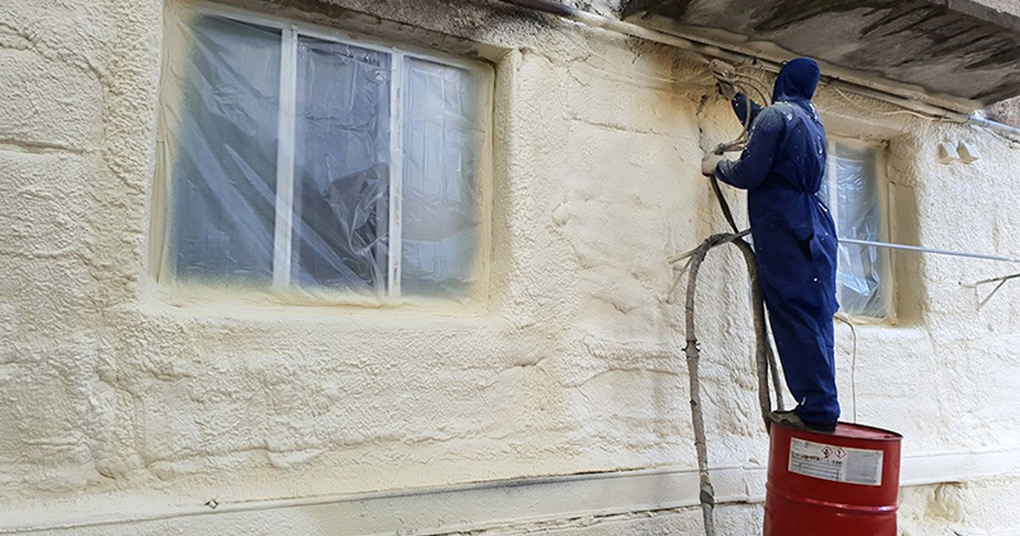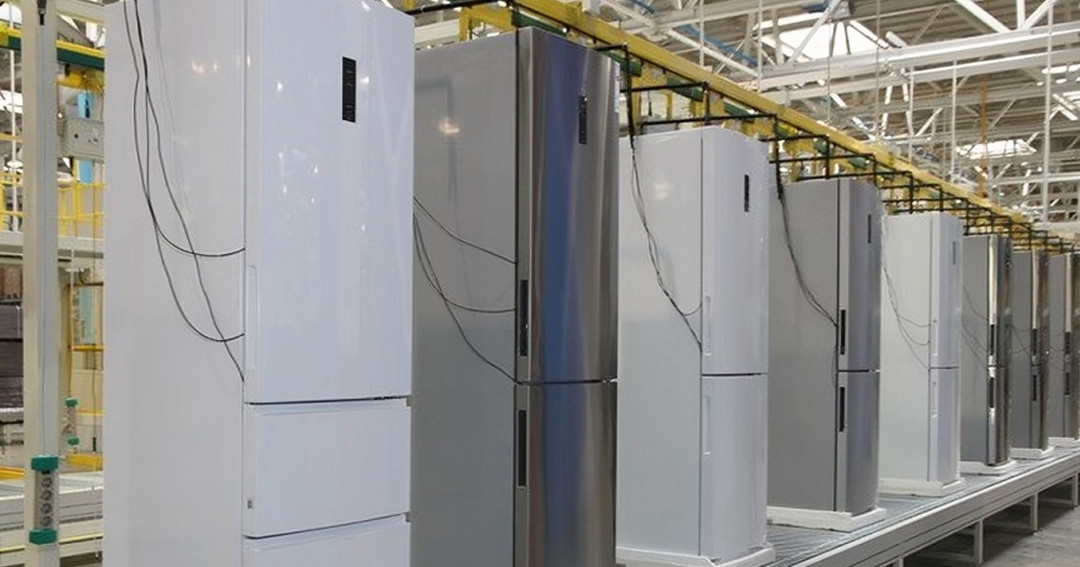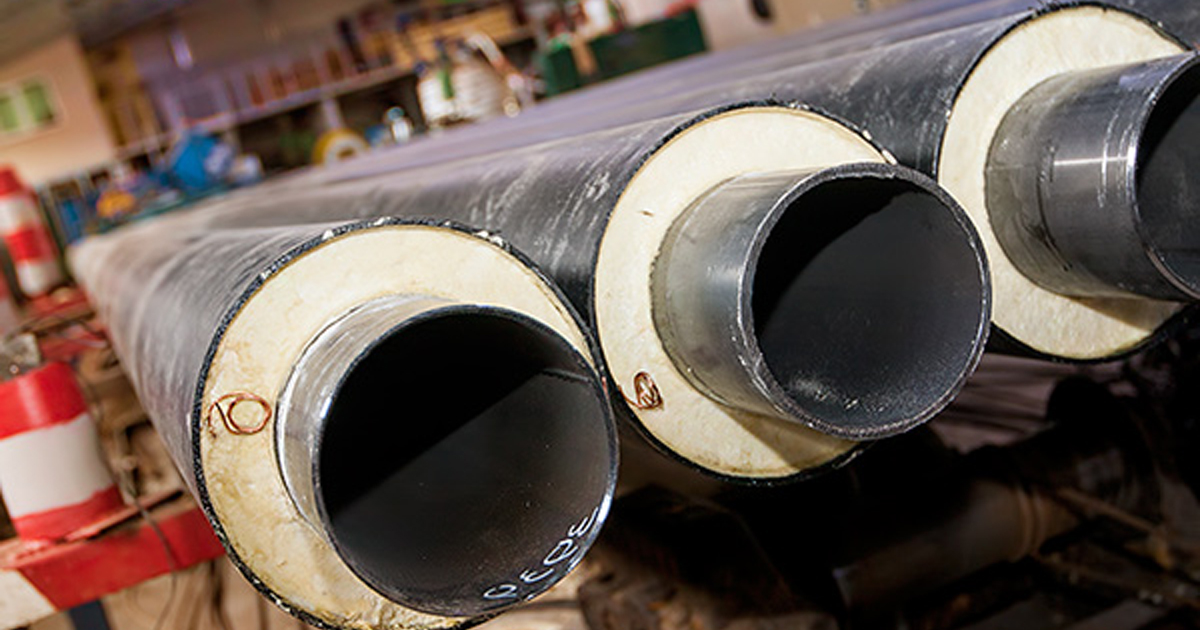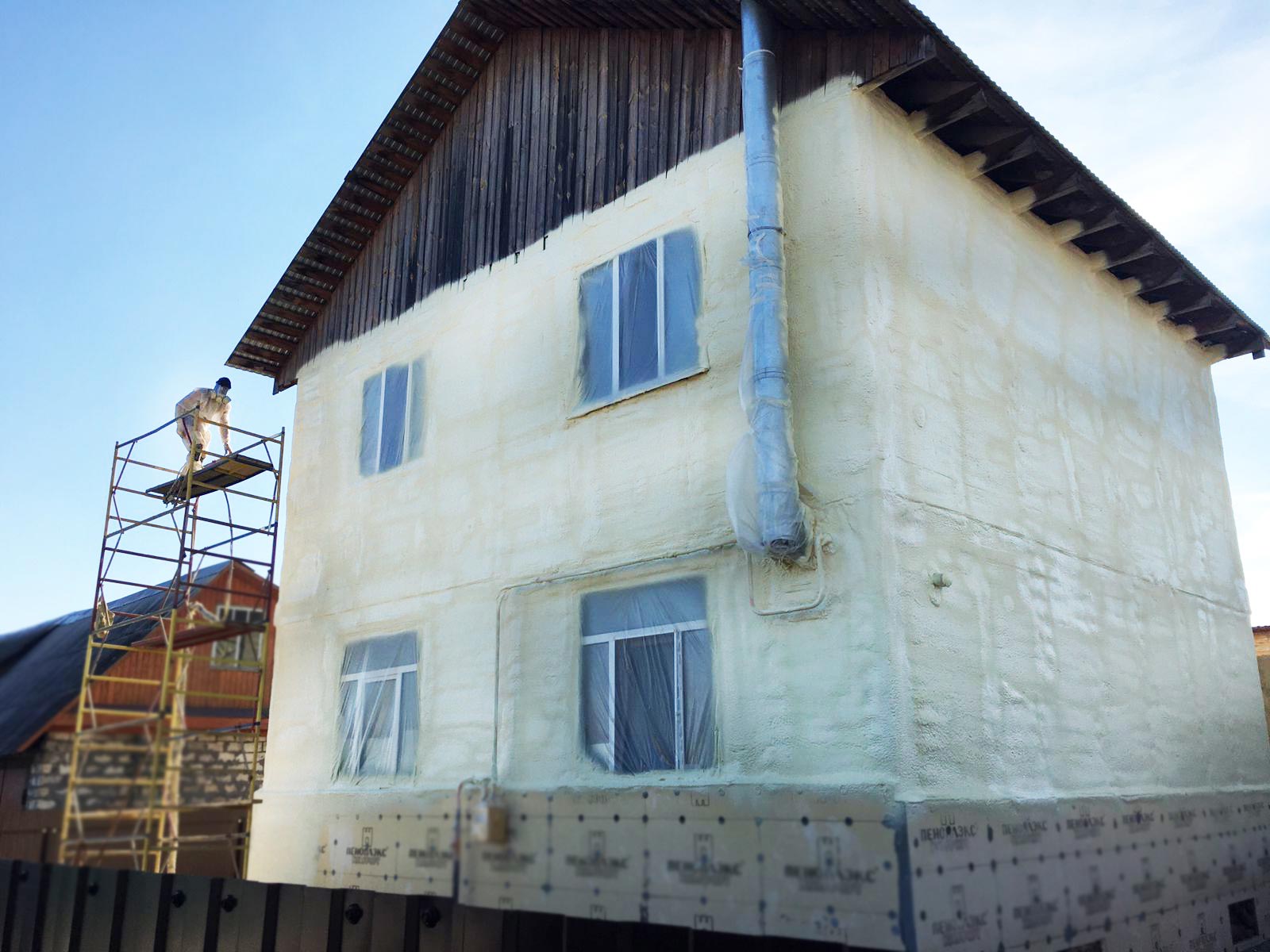Table of contents
Polyurethane, with its exceptional thermal conductivity, resistance to degradation, and adaptability in different climates, offers advantages that go beyond many traditional insulation materials. In this article we will explore why polyurethane is considered the optimal choice for insulating boilers and solar panels, how its physical characteristics contribute to energy conservation, and what technical considerations engineers should evaluate when selecting or applying polyurethane insulation systems.
Why polyurethane is the best insulation for boilers and solar systems?
Polyurethane insulation has become so popular due to its great low thermal conductivity, often ranging between 0.019 and 0.028 W/m·K depending on the formulation and density. This property enables it to minimize heat loss more effectively than many conventional materials, ensuring stable system performance over long operating cycles. Boilers and solar thermal systems, which depend heavily on maintaining consistent temperatures, benefit significantly from this feature. Polyurethane foam creates a continuous thermal barrier around tanks, pipes, and collector assemblies, reducing unwanted thermal bridging and enhancing the overall efficiency of the energy system.
Another significant advantage lies in polyurethane’s structural stability. Unlike fibrous or loose insulation materials that may sag, absorb moisture, or lose insulating value over time, polyurethane maintains its shape and insulation properties for years. This long-lasting durability is essential for boilers and solar water heating systems, where poor insulation can increase energy use and cause equipment to wear out sooner.
Moreover, polyurethane is so versatile; it can be applied by spraying, injecting, or using pre-formed panels, allowing it to fit smoothly onto curved boiler surfaces and into tight mechanical spaces.
The impact of polyurethane on water heater and boiler efficiency
The efficiency of a boiler or water heater very depends on how well it holds onto the heat it produces. Even small amounts of heat loss can push fuel consumption up or lead to higher electricity bills. By creating a strong barrier against heat transfer, polyurethane helps systems operate more efficiently and wastes far less energy. When applied at the right thickness, polyurethane insulation can minimize heat loss while the system is inactive in water heaters by more than half compared to traditional insulation materials.
Polyurethane also helps keep temperatures steady, allowing boilers and heaters to reach their desired level more quickly and maintain it without constant fluctuation. This steady temperature means the heating system doesn’t have to switch on as often, reducing both energy use and wear on the equipment. In large industrial boilers, these gains can result in major long-term savings. And in homes or commercial buildings, insulating water heaters with polyurethane leads to quicker heating, more reliable hot water supply, and far less energy waste. Together, these benefits make polyurethane a key material for anyone looking to improve the performance and lifespan of modern heating systems.

Polyurethane vs traditional insulation in heating systems
Polyurethane insulation performs noticeably better than traditional materials like fiberglass, mineral wool, or expanded polystyrene. These older materials usually have higher thermal conductivity, which means they allow more heat to escape. For example, fiberglass insulation has a conductivity value more than double that of many polyurethane systems, so it needs to be applied in much thicker layers to achieve similar results. In applications where space is limited—such as the casing of boilers—this makes polyurethane a far more practical and efficient option.
Polyurethane also has a lot better durability than its alternatives. Fibrous insulation materials can weaken over time, absorb moisture, and lose their insulating ability, especially in environments with humidity or temperature changes. In contrast, rigid polyurethane foam naturally resists moisture and maintains its performance even under tough conditions. It also bonds well to metal surfaces commonly used in heating systems, creating a smooth and continuous layer without gaps that could lead to energy loss. Overall, these advantages make polyurethane one of the most reliable and effective insulation choices for today’s heating and thermal systems.
Is polyurethane suitable for insulating renewable energy systems?
Renewable energy systems—especially solar thermal units—need insulation materials that can handle outdoor exposure, temperature changes, and potential moisture penetration. Polyurethane is an excellent fit for these conditions due to its closed-cell structure, high compressive strength, and resistance to environmental damage. In solar water heaters, for instance, the storage tank and connecting pipes must stay well-insulated to maintain the temperature of the heated fluid. Polyurethane insulation helps these systems keep that heat for much longer, making the stored energy usable even at night or during cloudy weather.
Another reason polyurethane works so well in renewable applications is its flexibility in formulation. Depending on the climate and system design, different foam densities or thermal properties may be needed. Its lightweight nature also helps reduce the overall load on structures—an important advantage for rooftop solar installations. Overall, polyurethane strengthens the efficiency and durability of renewable energy systems with its reliable thermal performance and adaptable characteristics.
The best foam density for insulating solar panels
Foam density plays a crucial role in determining both the mechanical and thermal performance of polyurethane insulation. For solar panel and solar thermal collector applications, the ideal density typically ranges between 20 and 60 kg/m³, depending on whether the insulation is being applied to storage tanks, piping, or collector housings. Lower densities may provide better insulation performance but lack the structural strength needed to withstand outdoor stresses. Higher densities, meanwhile, offer excellent mechanical durability and impact resistance but may exhibit slightly higher thermal conductivity.
Engineers choose the foam density based on what each part of the system needs. Sections like the collector housing or any area under mechanical stress usually benefit from higher-density foam so they stay strong over time. The goal is to create the right balance between insulation quality, climate compatibility, and physical durability. That’s why companies that offer custom-made polyurethane systems are often a dependable option; they can adjust the formulation to match the exact density and performance requirements of demanding solar applications.
How to apply polyurethane foam in solar panel and boiler insulation?
Applying polyurethane insulation effectively requires attention to surface preparation, application method, and curing conditions. For boilers and water heaters, spray polyurethane foam (SPF) is commonly used due to its ability to form a seamless insulating layer around curved or irregular surfaces. Before applying the foam, surfaces must be clean, dry, and free from contaminants to ensure optimal adhesion. The foam components are typically mixed at a controlled ratio and sprayed using specialized equipment that regulates pressure and temperature to produce consistent cell structure.
In solar panel applications, polyurethane may be applied using injection methods, particularly in insulated frames or storage tank jackets. Proper containment areas are created, and the foam is injected to fill the cavity uniformly. During the curing process, the foam expands and bonds to surrounding surfaces, eliminating thermal gaps. Environmental conditions such as humidity and ambient temperature should be controlled to ensure proper foam expansion and uniformity. Skilled installers also make sure the insulation and the structure beneath it can move naturally with temperature changes, so everything stays stable and performs as it should.
Is polyurethane foam resistant to moisture and corrosion?
Thermal insulation polyurethane foam with its closed-cell structure, is known for its strong resistance to moisture. Its tightly packed cell structure keeps water from leaking, which helps protect metal surfaces from rust and corrosion. This matters a lot in boilers, where frequent heating and cooling can lead to condensation. By blocking moisture, polyurethane also reduces the chance of mold and mildew forming, which keeps the system cleaner and helps it last longer.
In solar systems, this moisture resistance is just as important. Outdoor equipment constantly faces rain, humidity, and temperature changes—conditions that can easily damage traditional insulation. Polyurethane, however, keeps its insulating ability even in damp environments, delivering steady performance for many years. When it is applied correctly, forms a protective layer over metal parts, preventing corrosion and other environmental damage. This long-term protection cuts down on maintenance needs and boosts the overall reliability of the energy system.
Polyurethane material prices for solar panel and boiler applications
The cost of polyurethane insulation materials varies based on factors such as density, formulation type, blowing agent selection, and application method. Polyurethane generally costs more at the beginning compared to common insulation materials, but its long-term value is noticeably higher. Due to its better energy efficiency, fewer maintenance issues, and longer equipment life, the initial investment, worth it over time. The exact price depends on the type of system being used—whether it’s spray-applied foam, rigid foam parts (prefabricated insulation), or more advanced polyol formulations designed for high-performance insulation.
For industrial users and equipment manufacturers, working with experienced producers of polyurethane raw materials like Imen Polymer Chemie can make a significant difference. Access to reliable materials, the ability to order in bulk, custom formulations, and ongoing technical guidance all help improve cost-effectiveness. In the end, polyurethane’s strong insulating power and durability offer an excellent return on investment for both solar systems and boiler insulation.

Conclusion
Polyurethane insulation has become one of the most effective and popular choices for boilers, water heaters, and solar energy systems. Its excellent thermal performance, strong structural stability, resistance to moisture, and adaptability make it a top option for both conventional heating and modern renewable energy applications. By improving system efficiency, preventing long-term corrosion, and lowering operational costs, polyurethane provides benefits that traditional insulation materials fail to offer. Companies and installers who want reliable performance, long-lasting durability, and energy savings can trust polyurethane insulation. With custom-made formulations from Imen Polymer Chemie, industries get high-quality raw materials that meet the toughest thermal requirements, ensuring the systems work efficiently and last for years.








